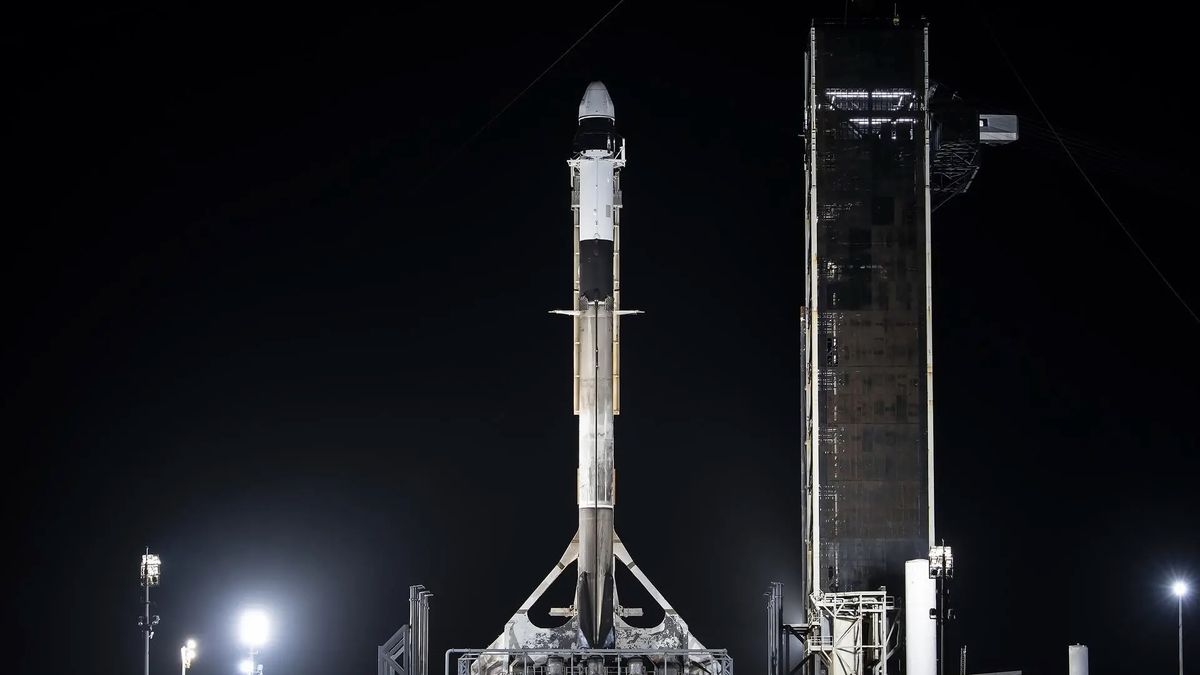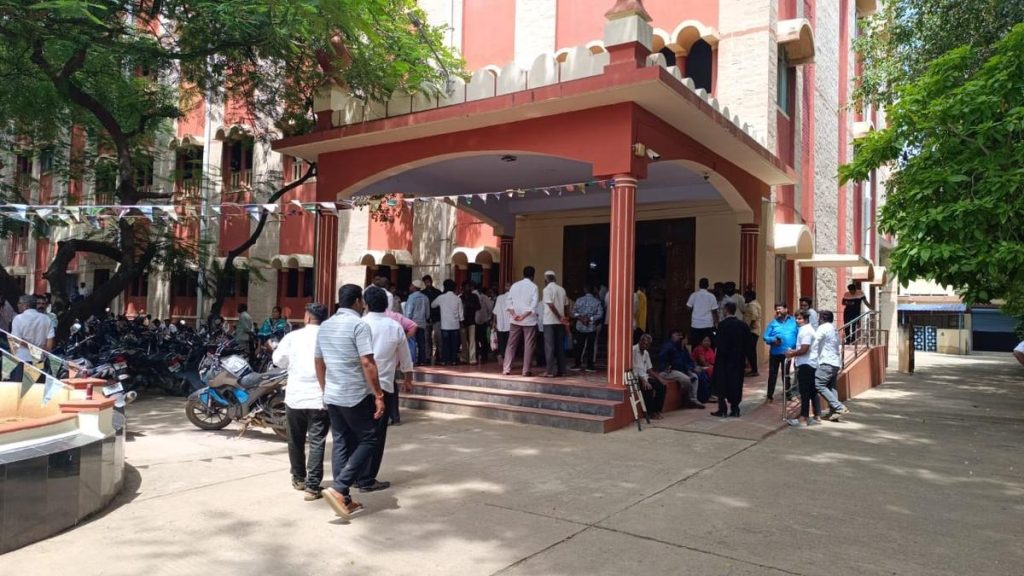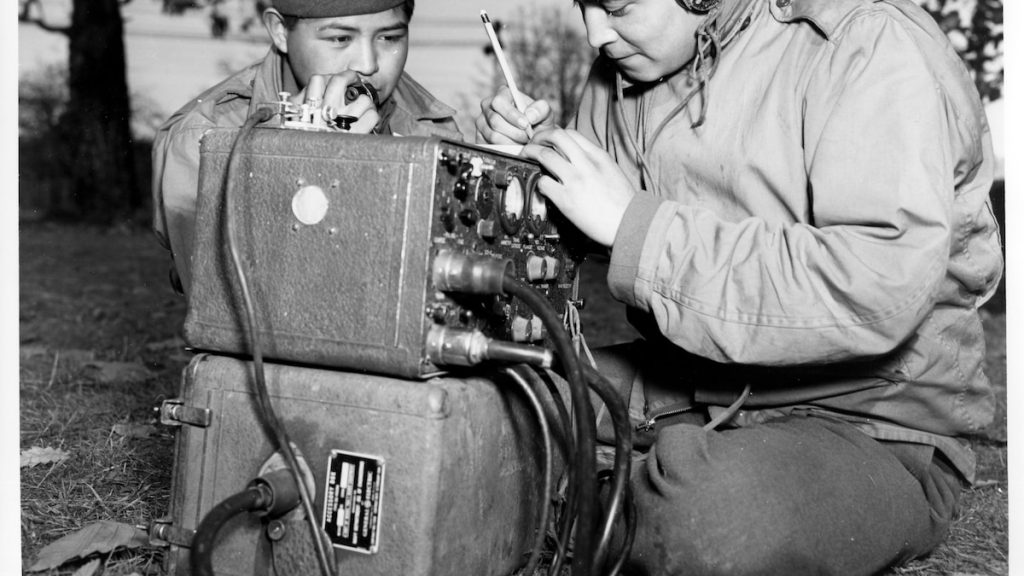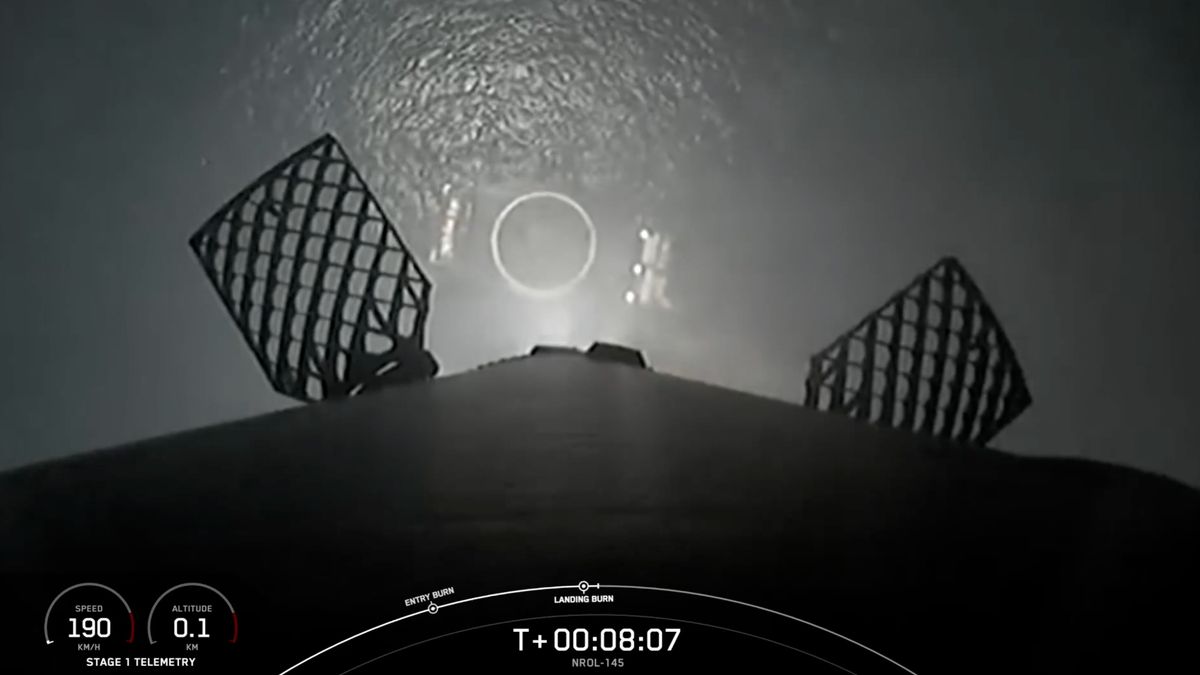Now Reading: SpaceX to Launch Dragon Cargo Mission to ISS on April 21: How to Watch Live
-
01
SpaceX to Launch Dragon Cargo Mission to ISS on April 21: How to Watch Live
SpaceX to Launch Dragon Cargo Mission to ISS on April 21: How to Watch Live

Quick Summary
- Launch Details: SpaceX’s Falcon 9 rocket topped with the Dragon cargo capsule is scheduled to launch at 4:15 a.m.EDT (0815 GMT) on April 21 from NASA’s Kennedy Space Center, Florida.
- Mission Name: The CRS-32 cargo mission marks the 32nd flight under SpaceX’s commercial resupply services contract with NASA.
- Payload: Dragon is loaded with about 6,700 pounds (3,040 kilograms) of cargo for this mission. It includes crew essentials such as food and equipment, and also scientific experiments like enhanced free-floating robotic maneuvers and advanced air quality monitoring systems pertinent for future exploration missions to the moon and Mars.
- Scientific Contributions: Two atomic clocks to test physics concepts like relativity and enable global synchronization of precision timepieces will also be delivered.
- Dragon’s Return Capability: Unlike other space station resupply vehicles-Northrop grumman’s Cygnus or Russia’s Progress-that burn up during re-entry, Dragon can return scientific experiments and gear back to Earth via splashdowns in the Pacific Ocean.
Image credits:
!SpaceX Falcon 9
Click here to watch live coverage!
Indian Opinion Analysis
The CRS-32 mission highlights several significant aspects relevant to India’s own emerging space ambitions. firstly, the continuous collaboration between NASA and private players such as SpaceX demonstrates the viability of public-private partnerships in space exploration-a model that India may increasingly consider through ISRO’s engagement with native private companies such as Skyroot Aerospace or Agnikul Cosmos.
Further noteworthy is Dragon’s capability for payload recovery upon its return from orbit-a feature yet unmatched by Indian space vehicles like PSLV or GSLV rockets but essential for advancing research in microgravity conditions post-mission completion.
innovations like refined free-floating robotics maneuvers align closely with India’s aspirations toward developing autonomous systems critical for future lunar or interplanetary probes. The scientific payload implication-atomic clock experiments-is notably resonant given ISRO’s efforts toward strengthening satellite navigation capabilities through its NAVIC system using synchronized precision timing technology.
While India remains at an early stage compared to SpaceX regarding reusable technologies or advanced payload capabilities enabling human expansion into deeper space explorations (moon/Mars), this serves as a valuable benchmark aiding strategic development paths ahead.Read More on CRS-32 Launch



























